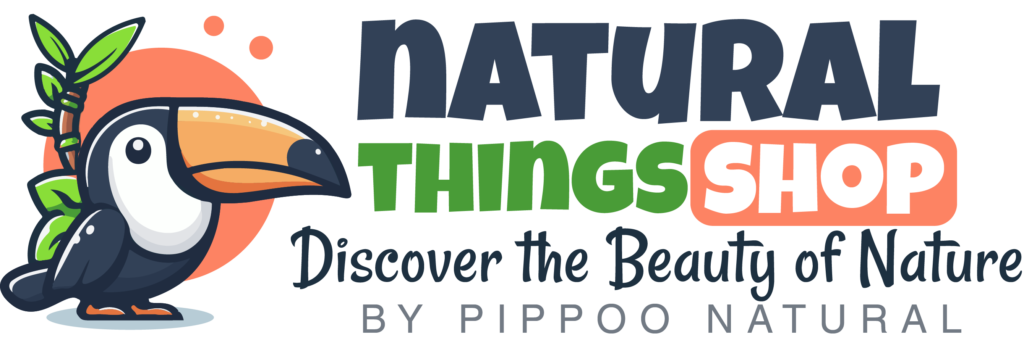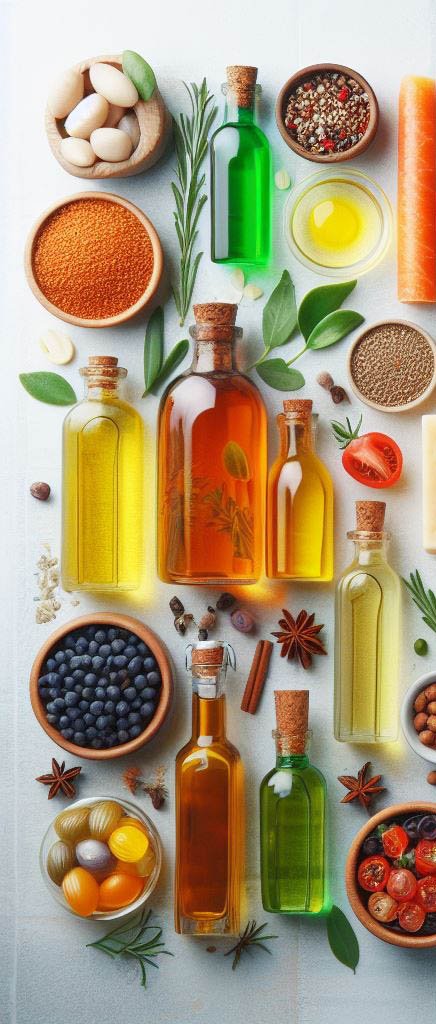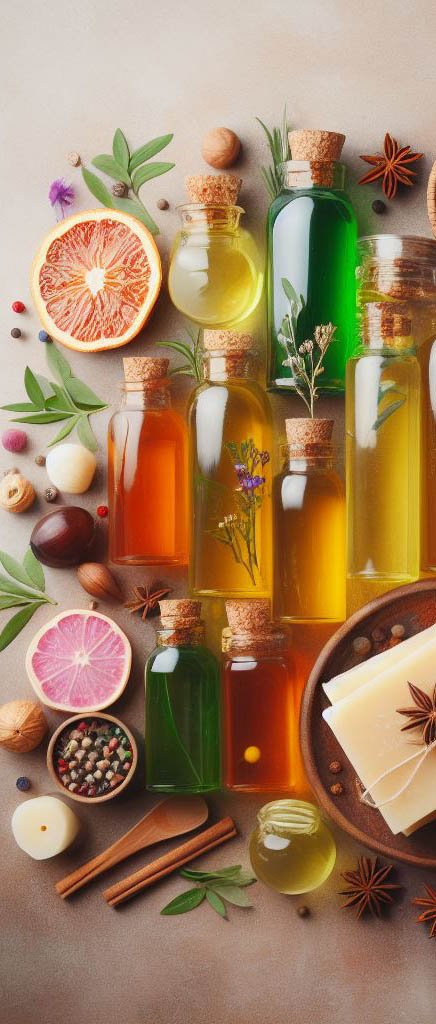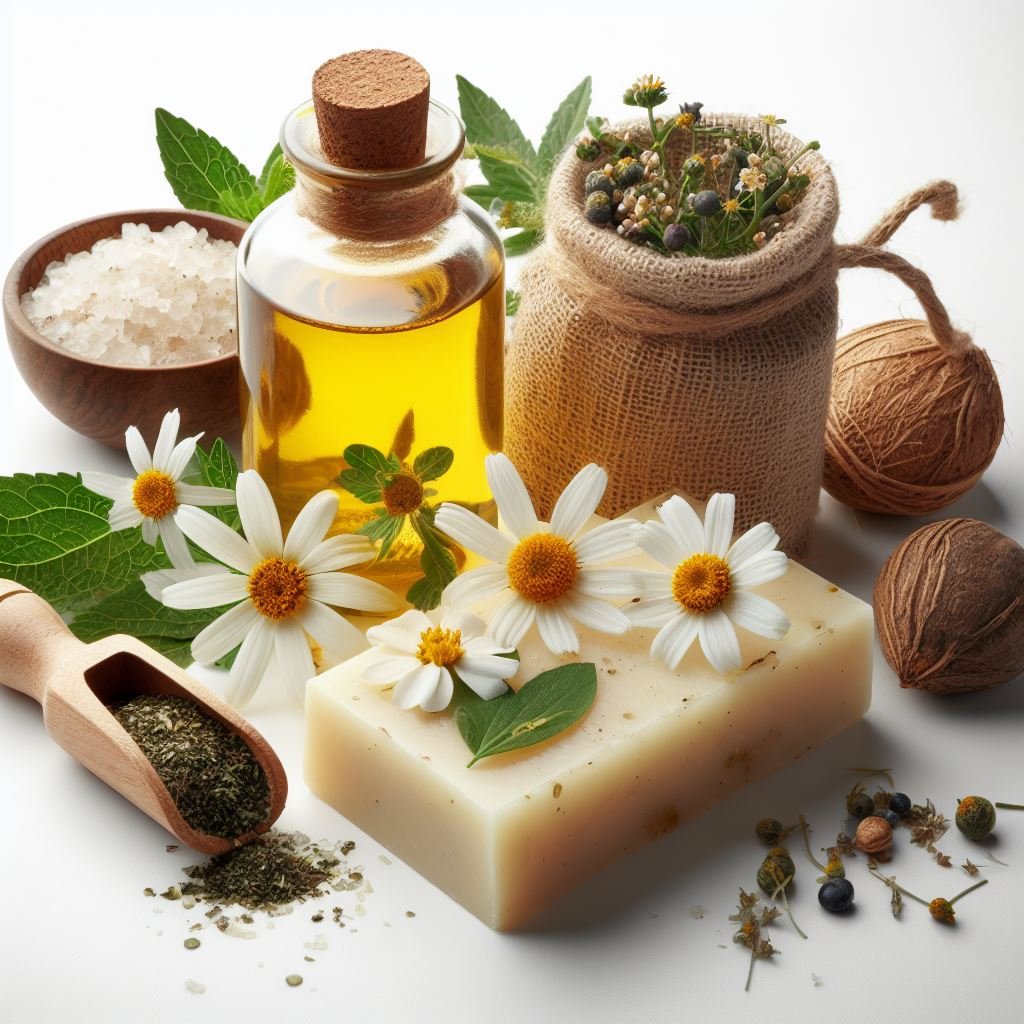MAKE JEWELWEED SOAP FOR POISON IVY
Jewelweed: Nature’s Antidote to Itchy Adventures
Forget about calamine lotion and expensive creams – there’s a natural remedy growing wild in many parts of the world just waiting to soothe your itchy woes. Jewelweed, with its vibrant orange blossoms and juicy stems, is more than just a pretty wildflower; it’s a lifesaver for anyone who encounters poison ivy, stinging nettles, or other irritating plants. Jewelweed is ideal for natural soap making at home.
This magical herb holds a secret in its watery sap. When brushed onto a rash caused by these pesky plants, jewelweed works wonders. The sap contains compounds that neutralize the urushiol oil found in poison ivy and nettles, stopping the itch and preventing inflammation. It’s like carrying a tiny first-aid kit in your pocket, ready to combat itchy surprises on your outdoor adventures.
But jewelweed isn’t just a one-trick pony. This versatile plant boasts other impressive qualities:
- Habitat helper: Jewelweed thrives in moist areas alongside its “stingy” counterparts, creating a natural balance in the ecosystem.
- Pollinator paradise: Its nectar-rich flowers attract butterflies, bees, and other beneficial insects.
- Medicinal marvel: Beyond itch relief, jewelweed has traditionally been used for wound healing and even as an anti-inflammatory agent.
So next time you’re exploring nature, keep your eyes peeled for jewelweed. This unassuming wildflower might just become your new best friend, offering a natural solution for those itchy encounters and reminding you of the power and wonder that lies hidden within the plant world.
GENTLE
START TO FINISH TIME:
1 to 2 hours,
24 hours insulation,
4 to 6 weeks to cure
SCENT: CAMPHOR, CHAMOMILE
The best thing to do when you’ve come in contact with poison ivy or poison oak is to wash thoroughly in order to remove the urushiol oil from your skin. Jewelweed naturally breaks down and dissolves urushiol oil. This soap is formulated to be very cleansing but not harsh on the skin. Neem oil and camphor essential oil are added to calm any irritation or itchiness. If you can’t find jewelweed, you can substitute a goldenseal or comfrey leaf infusion, which can be made from powder or dried leaf. Both can easily be found online.
SAFETY FIRST! Remember to wear your safety equipment and mix the lye water outside. Tell everyone you live with that where you’re working is off limits. Give yourself enough time to complete the recipe.
EQUIPMENT
- Kitchen Scale
- Glass Bowls
- Small Saucepans
- Large spoon
- Large stainless steel pot
- Small zip-topplastic bag
- Mold
- Thermometer
- Parchment Paper
- Stick Blender (or hand mixer)
- Rubber Spatula
- Blanket
INGREDIENTS
For the infusion
- 240gr (8 ounces) Olive Oil
- 480gr (16 ounces) Water
- 4 Stalks jewelweed, divided (3 for water, 1 for oil )
For the soap
- 360gr (12 ounces) Lard
- 300gr (10 ounces) Coconut Oil
- 240gr (8 ounces) Jewelweed-infused olive oil
- 60gr (2 ounces) Neem Oil
- 138gr (4.6 ounces) Lye
- 360gr (12 ounces) Jewelweed Water
- 15gr (0.5 ounce) Camphor Essential Oil
- 15gr (0.5 ounce) Chamomile Essential Oil
PREP AHEAD:
You will need fresh jewelweed for 2 infusions of water and oil. You need only a few stalks for this recipe, unless you want to infuse oil for other batches. If you do not have any growing around your house (see the tip below), ask friends. It must be fresh.
FOR THE HOT WATER INFUSION:
Cut off the roots of half of the jewelweed stalks and discard. Fold or chop the stalks, leaves, and flowers. Place them in a small saucepan and cover with 16 ounces of water. Heat over low heat for 1 hour, but don’t allow the water to boil. Strain, reserving the jewelweed-infused water and discarding the spent jewelweed stalks, and allow to cool. Measure out 360gr (12 ounces) of the jewelweed-infused water and place it in the refrigerator to chill.
FOR THE HOT OIL INFUSION:
Cut off the roots of the remaining jewelweed stalks and discard. Fold or chop the stalks, leaves, and flowers. Place them in a small saucepan and cover with 240gr (8 ounces) of olive oil. Heat over low heat for 20 minutes; you want to heat the plant gently, not fry it. Strain, reserving the jewelweed-infused oil and discarding the spent jewelweed stalks, and allow to cool. You should have 240gr (8 ounces) of jewelweed-infused oil; add a little more olive oil if necessary.
1. HEAT THE FATS/OILS:
In a large pot, combine the lard, coconut oil, jewelweed-infused olive oil and neem oil. Heat over medium-low heat until they are melted and incorporated. Remove from the heat and allow to cool to 100°F(38C°) to 110°F(45C°).
2. MIX THE LYE WATER:
Put on safety gear, including protective eyewear, a mask, gloves, and long sleeves. Outside, very slowly pour only about 1/4 of the lye crystals into the cold jewelweed-inflused water and stir until dissolved. Let cool for 20 minutes. Repeat until all the lye is dissolved into the jewelweed-water. If the oils and lye water cool at different rates, you can use a cold-or hot-water bath in the sink.
3. PREPARE THE MOLD:
While the oils and lye water cool, line the mold with parchment paper.
4. COMBINE AND BRING TO TRACE:
When both the oils and lye water are 100°F(38C°) to 110°F(45C°), carefully pour the lye water into the pot of oils. Use a stick blender (or hand mixer) to mix for 1 to 2 minutes and then let the mixture rest for 4 to 5 minutes. Repeat mixing and resting until light trace.
5. MIX IN NATURAL ADDITIVES:
When the soap reaches light trace, add the camphor and chamomile (if using) essential oil, and blend for 30 seconds.
6. MOLD THE SOAP:
Pour the soap mixture into the mold, cover with a lid or parchment paper and insulate with a blanket for 24 hours.
7. CUT AND CURE:
Remove the soap from the mold. If it seems too soft to remove, wait another 12 to 24 hours before removing. Cut the soap into 12 bars. Allow the bars to cure in a well-ventilated location for 4 to 6 weeks.
TIP: Jewelweed is also called touch-me-not. It grows along or near water and grows well in full sun near roads and streams. It can be found all over eastern North America from Canada all the way down to northern Florida. The herbal water can brown if the lye is added too adding the lye slowly
Sources / References
Natural Things Shop uses only high-quality sources to support the facts in our articles. Read our editorial process to learn more about how we fact-check our content and keep it accurate, trustworthy and reliable.
All the images we use on our site are produced with Dall-e 3 artificial intelligence technology. There are no legal problems regarding copyright.
Kelly Cable
- The Natural Soapmaking Book For Beginners
- DIY Soaps: Using All-Natural Herbs, Spices & Essential Oils

































